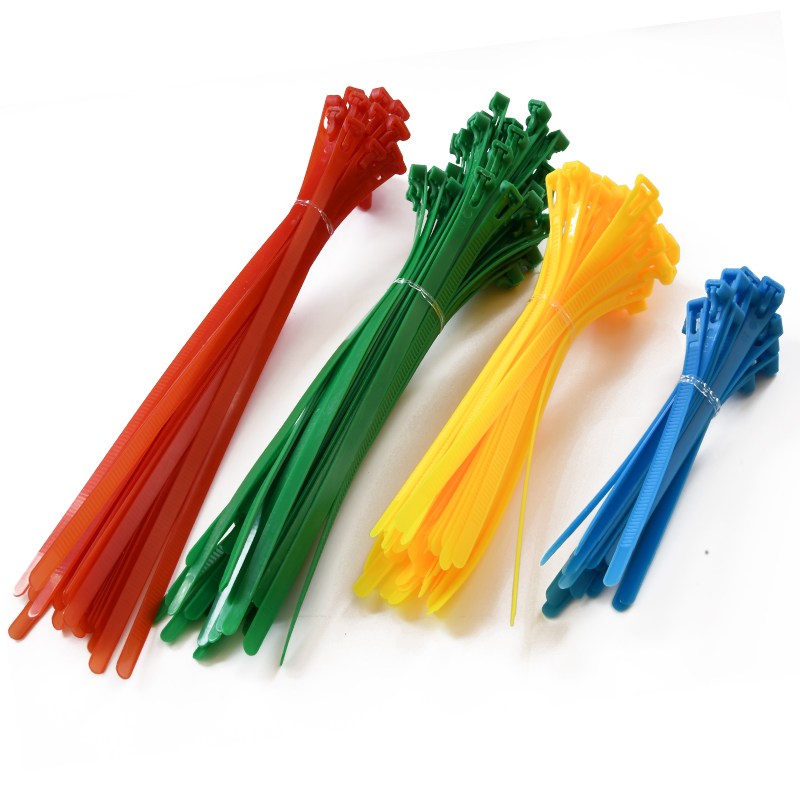Safely removing cable ties is crucial to prevent damage to cables and equipment. Improper removal can lead to costly repairs and potential safety hazards. In this guide, we will explore the importance of using the right techniques and provide step-by-step instructions to ensure safe and effective cable tie removal.

Section 1: Essential Tools and Materials
Before you begin, gather the necessary tools and materials for safe cable tie removal. These include:
– Diagonal cutting pliers: Ensure you have a pair of sharp and sturdy pliers for clean cuts.
– Flathead screwdriver: Useful for removing any remaining cable tie residue.
– Cable tie removal tool (optional): This specialized tool can simplify the removal process, especially for tight or hard-to-reach areas.
Section 2: Preparing for Removal
Before cutting the cable ties, it’s important to assess the situation and identify the type of cable tie used. Here are some tips to consider:
– Inspect the cable tie for any signs of damage or wear. Replace any compromised ties to ensure safe removal.
– Take note of the tightness of the cable tie. Loosening it slightly before cutting can prevent accidental damage to cables or equipment.
Section 3: Cutting Cable Ties
Proper cutting technique is essential to avoid damaging cables and equipment. Follow these steps for safe cable tie removal:
1. Position the diagonal cutting pliers close to the head of the cable tie, ensuring the cutting edge faces away from the cables or equipment.
2. Apply steady pressure and make a clean cut through the cable tie, avoiding any contact with the cables or equipment.
3. Repeat the process for each cable tie, taking care to maintain a safe distance from the cables.
Section 4: Removing Cable Tie Residue
After cutting the cable ties, you may encounter some residual pieces. Here’s how to remove them without causing any damage:
1. Use a flathead screwdriver or a cable tie removal tool to gently lift and remove any remaining pieces of the cable tie.
2. Take your time and be cautious to avoid scratching or damaging the surfaces of the cables or equipment.
3. Once all the residue is removed, clean the area with a soft cloth or mild cleaning solution to ensure no residue is left behind.
Section 5: Best Practices and Safety Tips
To ensure safe cable tie removal, consider the following best practices and safety tips:
– Wear protective gloves to protect your hands from sharp edges or potential hazards.
– Exercise caution when working near sensitive equipment or delicate cables.
– Dispose of cut cable ties responsibly, following local waste management guidelines.
Properly removing cable ties is essential to prevent damage to cables and equipment. By following the techniques outlined in this guide, you can ensure safe and effective cable tie removal. Remember to assess the situation, use the right tools, and take your time to avoid any mishaps. By prioritizing safety and following these guidelines, you can protect your cables, equipment, and yourself.
Explore our website to discover an extensive selection of cable management solutions, including durable cable ties, cable organizers. Our products are designed with quality and functionality in mind, providing you with peace of mind knowing that your cables and equipment are in good hands.
Don’t compromise on the safety and efficiency of your cable management practices. Visit Xutai today to browse our products, learn more about our wholesale services, and take the next step towards protecting your cables and equipment. Trust in our expertise and let us help you create a safer and more organized workspace.







